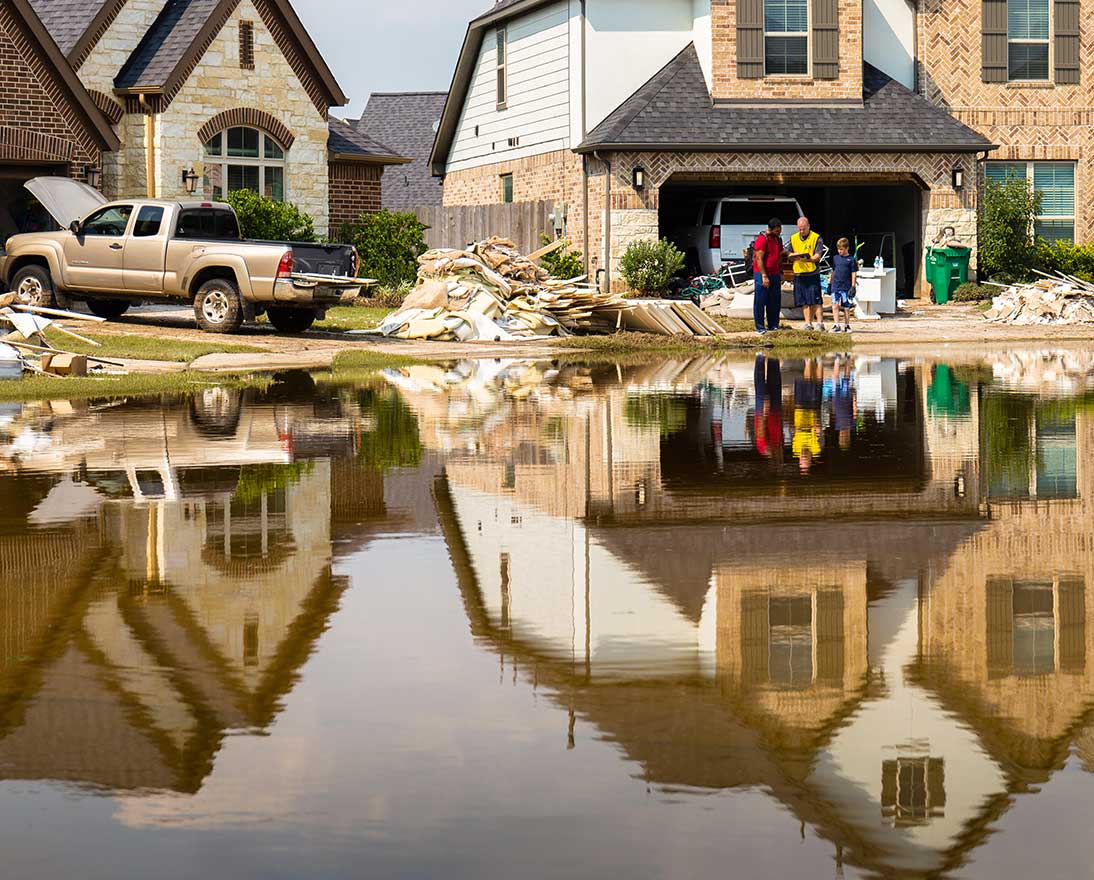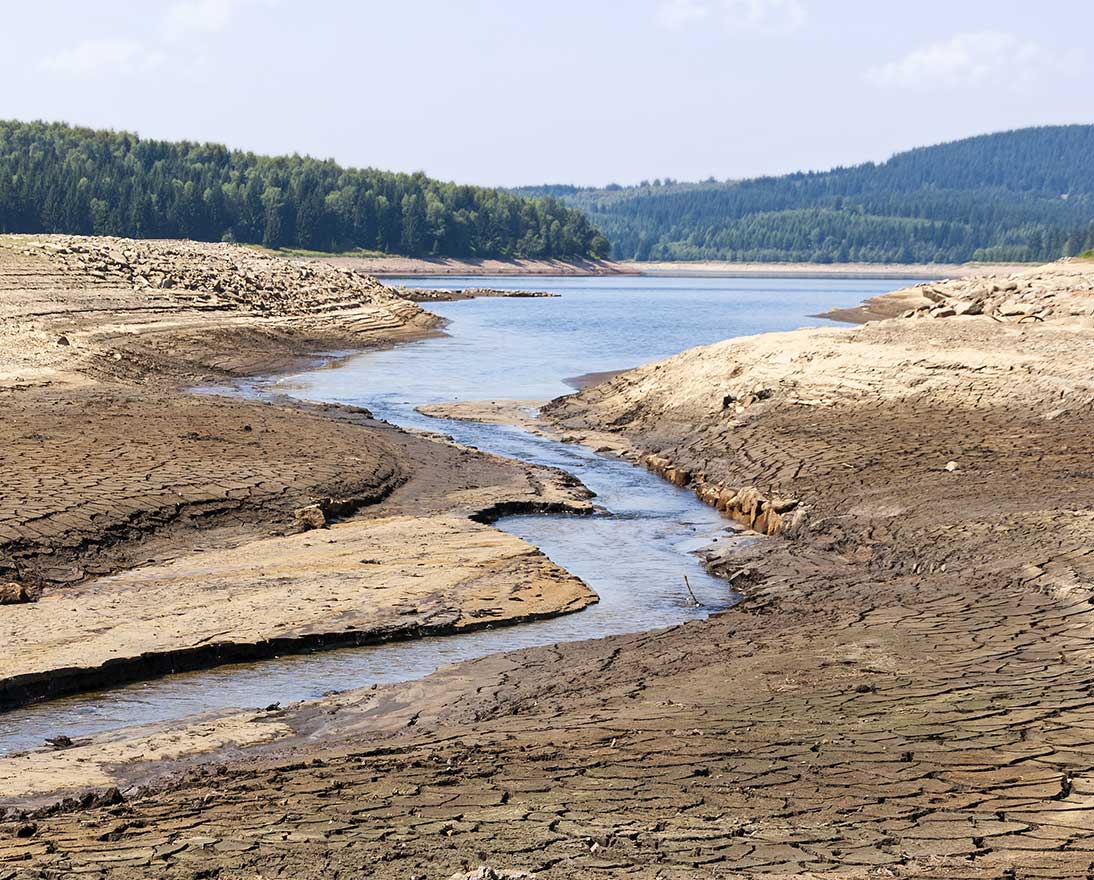Mitigation and adaption: how do they help us combat climate change?
Climate resilienceArticleApril 6, 20216 min read
There are two distinct ways to respond to climate change: mitigation and adaptation. But how do they differ and do they both deserve equal focus?
We need to act with urgency on climate change. Decisively and extensively. There are essentially two categories of actions we can take, but frustratingly they tend to cause confusion rather that clarify what needs to be done. So, what is the difference between climate change mitigation and climate change adaptation and how can they help the planet?
Climate change mitigation
The Earth can absorb, or remove from the atmosphere, approximately 5 billion tons of carbon dioxide (CO2) per year. As long as we emit more than that, CO2 concentration will continue to increase, and in turn the planet will continue to heat up.
The goal of climate change mitigation is to reduce net emissions of CO2 and other greenhouse gases. The Paris Agreement intends to limit global warming to below 2°C and preferably to 1.5°C compared to pre-industrial levels. To achieve this, we need to reduce human greenhouse gas emissions as quickly as possible and achieve a climate neutral world by mid-century – in other words, a world where we do not emit more greenhouse gases than the Earth can handle without further warming.
Climate change mitigation has two areas of focus: reducing emissions and increasing carbon sinks. We can reduce emissions by, for example, replacing coal-fired power generation with renewable energy sources like solar and wind. We can also change our personal behavior by reducing our consumption or by cutting down on our flights. In the end, the goal is to transition towards a low-carbon, and eventually a zero-carbon emitting economy and lifestyle.
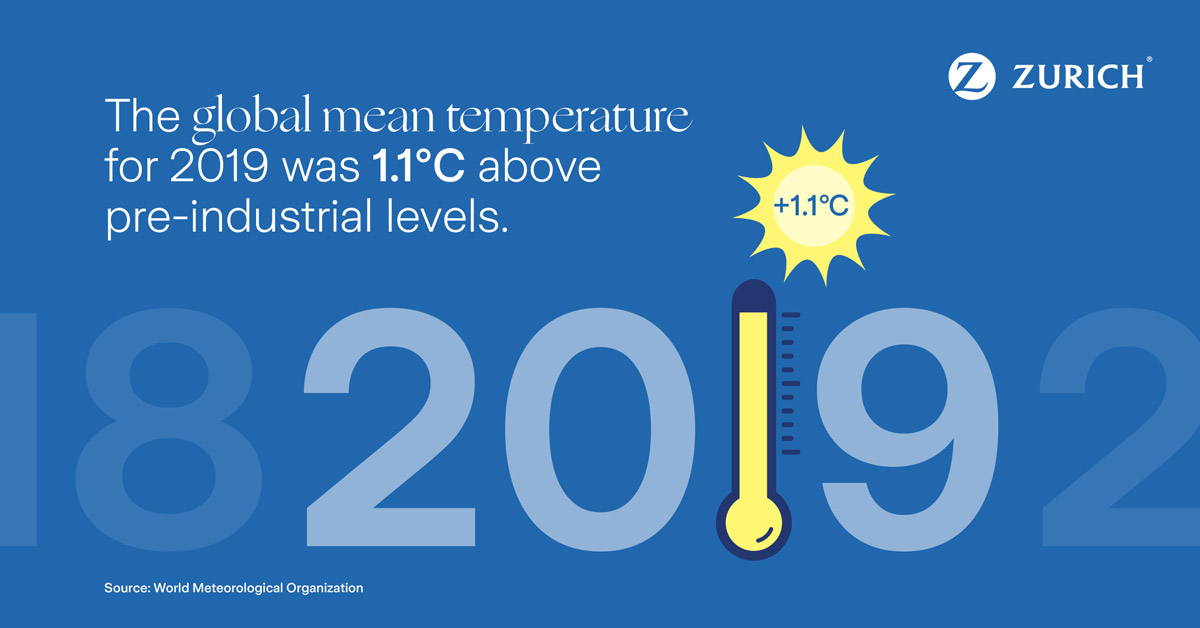
To increase carbon sinks, there are natural and technological methods to help the Earth absorb more CO2. This can be done by reducing practices that cause deforestation or conversely helping with reforestation. Other options such as carbon capture and sequestration to store CO2 underground and remove it from the atmosphere can also help.
Climate change mitigation is vital to curb the damage we’re doing to the planet. But even if we stabilized greenhouse gas emissions today, the world would continue to warm, well beyond 2°C. Currently, we are more likely on a path to a 3-4°C future than the desired 1.5°C. This means we will continue to see increasing adverse effects of climate change.
Climate change adaptation
This is why climate change adaptation is another imperative. We must adapt to the current and future expected events associated with a changing climate. This means anticipating the negative effects of climate change and better managing their consequences.
Actions to better adapt to a warming planet are plentiful. They include planning our living spaces so they can better cope with hotter summers and more intense rainfall, interspersed with ever longer periods of drought. Examples range from designing cities to stay cooler using natural ventilation space and colors and materials that reflect sunlight, to creating more green spaces that actively cool down cities, including parks and green roofs.
Other examples include the use of building materials that can withstand more intense hailstorms or take less damage when they flood. But there are more innovative and novel examples, such as floating or movable houses that can move up when floods come, or more radical approaches such as relocating vulnerable cities or undergoing a managed retreat.
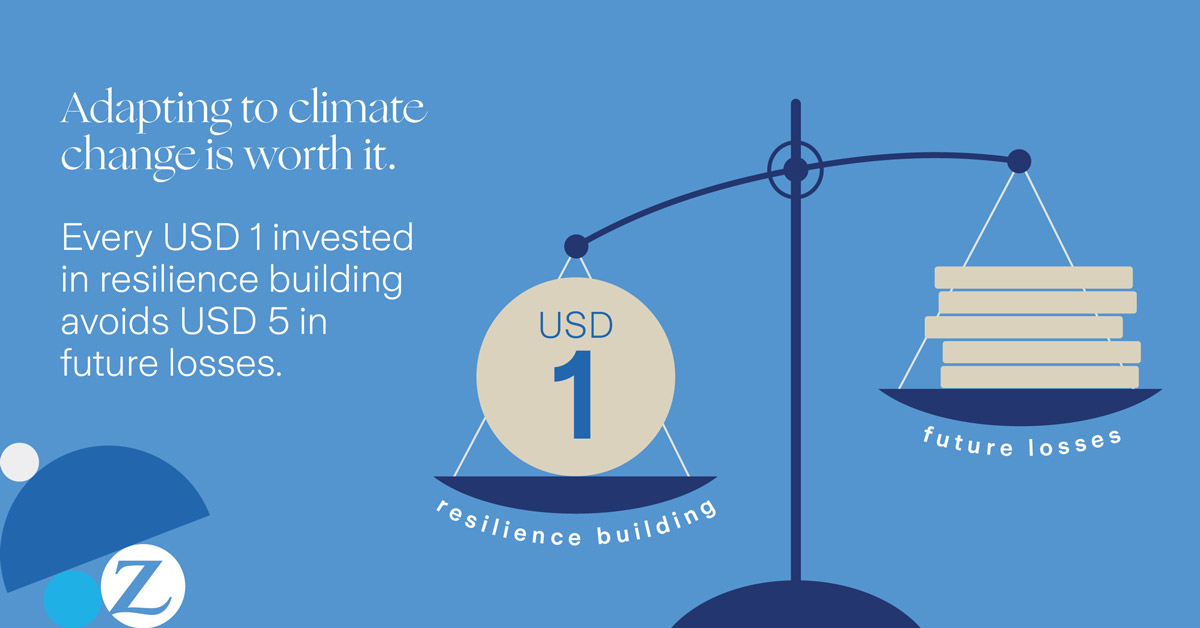
Climate change adaptation, like mitigation, is everyone’s business. The Zurich Flood Resilience Alliance has outlined that on average, for every USD 1 invested in resilience building, USD 5 in future losses can be avoided. It means we need to consider where and how to build, carefully choosing new locations with climate change in mind, or adhering to higher building codes and using building materials that are better able to, quite literally, weather the storm.
It should also include financial protection and risk transfer such as property insurance that covers natural hazards like floods or storms. Risk transfer is a traditional protection measure, but it can only work sustainably if the risks are managed and reduced or eliminated whenever possible. If this is not done, then the cost of risk will increase as climate change intensifies. It may become unaffordable There are actions that can benefit both climate change mitigation and adaptation. It starts by ensuring an action primarily residing in one category – such as flood protection in the adaptation space – does not harm the other, in this case mitigation. It could mean ensuring flood protection is not built as a concrete levee that paves over green space, instead a greener, nature-based solution is favored.
There are also examples that achieve both mitigation and adaptation at the same time. For example, strengthening coastlines by reestablishing marshes and mangrove forests. This adapts the region to stronger storm surges but also acts as a CO2 absorber.
Which is most important: mitigation or adaptation?
At Zurich, we consider both climate mitigation and adaptation to be equally important and that both should receive adequate funding and attention. As part of our commitment to the UN Global Compact Business Ambition Pledge that aims to limit global temperature rise to 1.5°C, we have embedded sustainability into every aspect of our business.
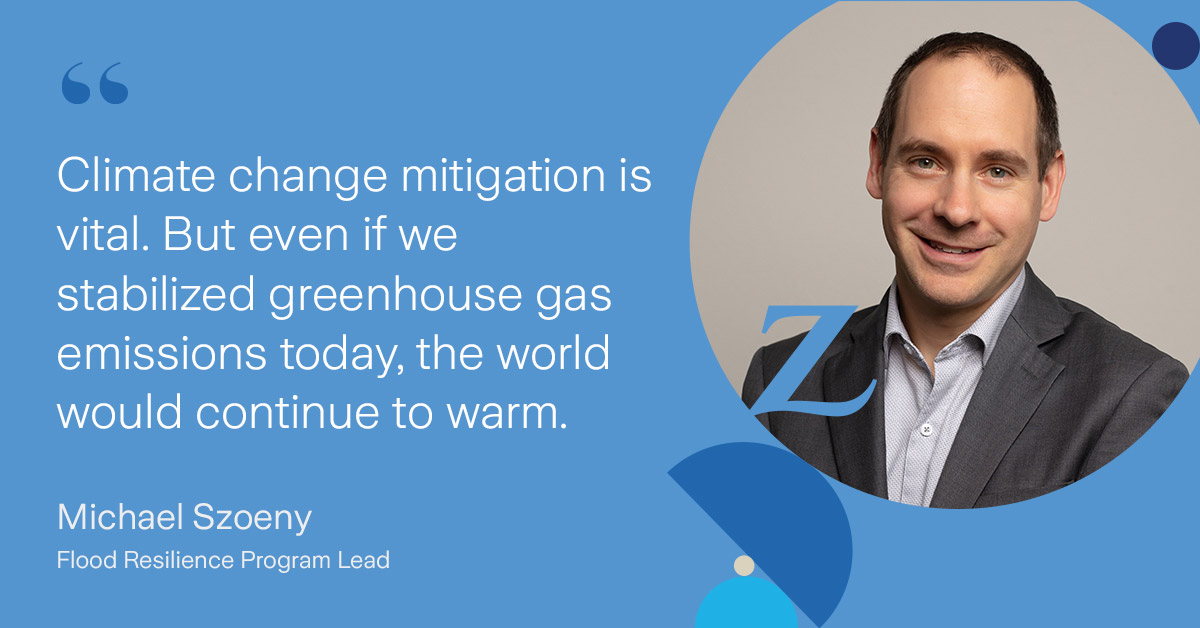
This includes our underwriting, services, investment, operations as well as our efforts through the Zurich Flood Resilience Alliance, powered by the Z Zurich Foundation, and the Zurich Forest reforestation project with Instituto Terra in Brazil.
If we fail to adequately both mitigate and adapt to climate change, losses to society and to the economy will become very, very painful and consume big proportions of GDP. Losses from events that are currently expected statistically every 50 to 100 years could turn into loss events that we will encounter every 10 to 20 years.
And sadly, it will be the poorest and most marginalized populations who will bear the biggest brunt of the climate crisis.

